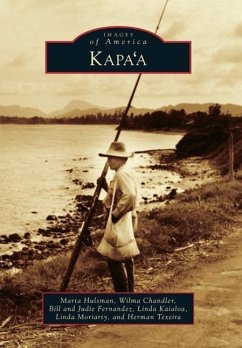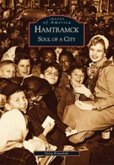Kapa'a, like most rural towns on Kaua'i and many in Hawai'i, got its start in the 19th century as a sugar town. But, within five years, Kapa'a's sugar mill was gone; the little village almost disappeared. By the early 20th century, Kapa'a was once again a thriving community. Self-reliant merchants and shopkeepers, first mostly Chinese and then Japanese, competed with the neighboring plantation store. Homesteaders populated the hills behind Kapa'a, and two pineapple canneries offered employment. Several movie theaters provided alternatives to the bars and taxi-dance halls. By the 1970s, pineapple, too, was gone, and Kapa'a faced new challenges. Today, new entrepreneurs working alongside the old provide entertainment for a new clientele of pleasure-seekers, tourists.
Hinweis: Dieser Artikel kann nur an eine deutsche Lieferadresse ausgeliefert werden.
Hinweis: Dieser Artikel kann nur an eine deutsche Lieferadresse ausgeliefert werden.








